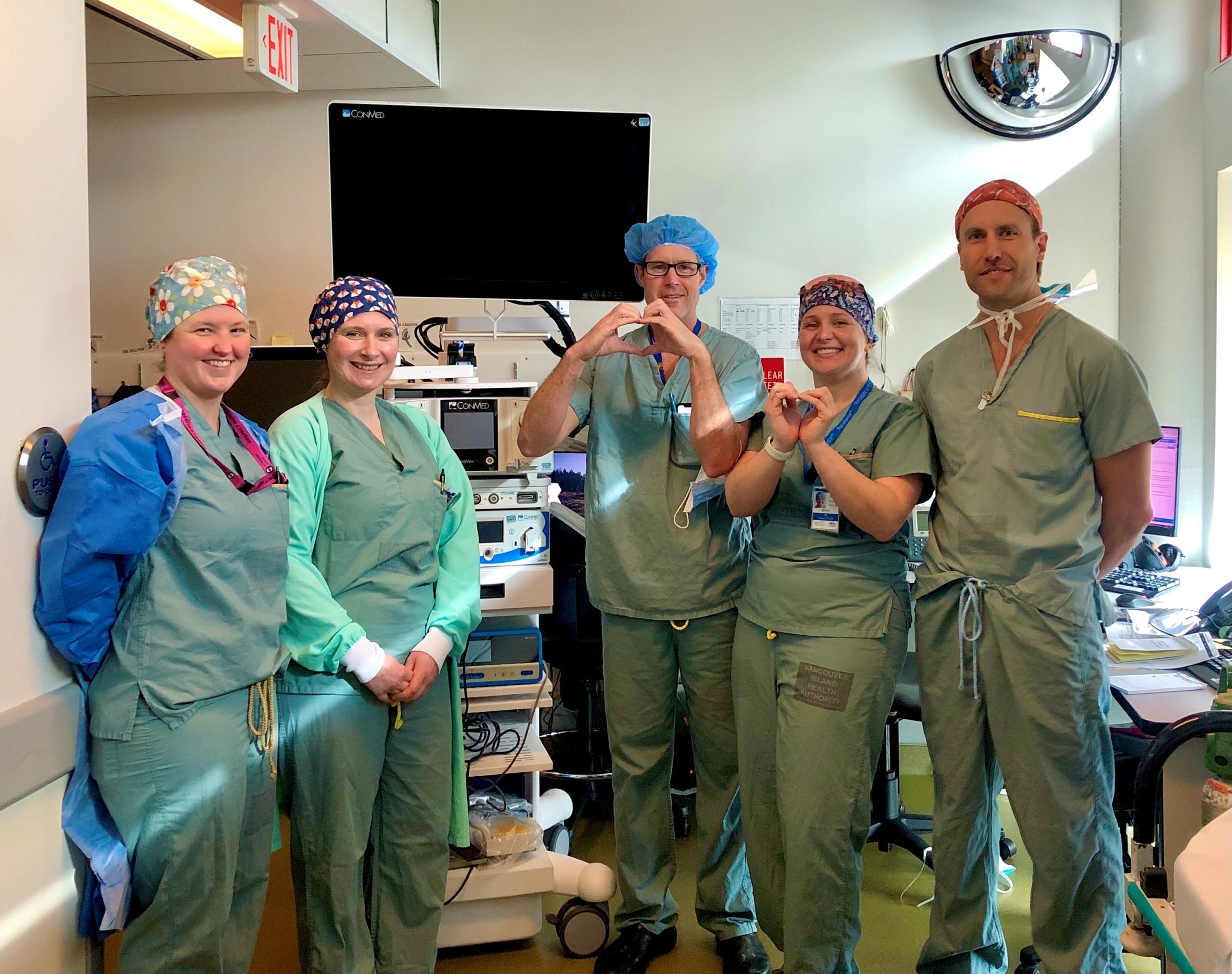 Orthopedic surgeons treat a range of conditions, including musculoskeletal trauma, spine diseases, sports injuries, degenerative diseases, infections, tumors, and congenital disorders.
Orthopedic surgeons treat a range of conditions, including musculoskeletal trauma, spine diseases, sports injuries, degenerative diseases, infections, tumors, and congenital disorders.
In arthroscopic procedures, I use tiny instruments to get into the joint and view it through a small camera, as opposed to having to open it up through a larger incision. The benefit of smaller incisions is quicker recovery. There can also be less scarring, and many people have a better return to function. Our incision size for arthroplasty has gotten smaller and smaller over time, and there are always new advancements.
Typically, meniscus tears in the knee and ACL reconstructions—a common injury in which we need to reconnect of the strong bands of tissue that help connect the thigh bone to the shinbone—are performed arthroscopically. We also perform many shoulder and ankle surgeries arthroscopically.
In the case of Matthew and Chelsea’s three-week-old daughter, arthroscopy allowed us to flush fluid through her knee to get rid of her infection. For this little one, I was easily able to put six litres of fluid through her knee in a very short time. The surgery took what was a really swollen and infected knee and turned it into a sore knee that would continue to improve—and eventually heal.
This new arthroscopy equipment is a much-needed improvement over our old equipment, offering clearer and more precise imaging. We could compare the old equipment to using a cell phone from the eighties—it’s at least 20 years old. If we were to go back 25 years and do an open ACL reconstruction, compared to the arthroscopic reconstructions that we perform now, that’s a massive change in the procedure, with a great difference in recovery time.
My work is really about getting my patients back to a place where they are functioning again and in less pain. We want people to heal and to forget they ever had an injury at all—that’s the ideal scenario. Innovation in orthopedics means doing things a little differently. Quicker recovery times and smaller incisions are innovative, which makes arthroscopy innovative, and newer equipment really helps make this innovation possible.
I have a colleague who says that everyone is going to need an orthopedic surgeon at some point in their life. Whether you are a child who falls off the monkey bars or you’re an older individual in need of a hip replacement, it’s in everyone’s best interest to support orthopedic surgery in our community. We see all walks of life, and there is no demographic that is not affected by the work we do.
—Dr. Peter Dryden
Division Head, Orthopedic Surgery, Island Health




